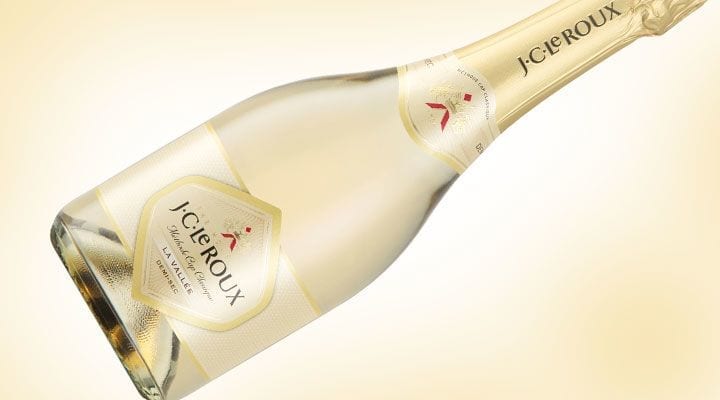How J.C. Le Roux Make Méthode Cap Classique
14th July 2016

Only sparkling wine made in the Champagne region of France may be called Champagne. In South Africa a bottle fermented sparkling wine made according to the traditional French method is referred to as Méthode Cap Classique (MCC).
J.C. Le Roux is South Africa’s leading name in sparkling wine. When it comes to sourcing the three noble grape varieties used traditionally for making French Champagne namely, Chardonnay, Pinot Noir and Pinot Meunier, J.C. Le Roux has the unique opportunity to pick from eight distinctive areas.
These diverse vineyard sites with their own unique characteristics, provide the building blocks that impart complexity and unique flavours to J.C. Le Roux Cap Classiques.
In the cellar, only the cuvée, or pure free running juice is retained for the first fermentation of the base wines. After blending and bottling, a second fermentation process for the production of carbon dioxide (CO2) in the bottle is started by adding sugar and a specially selected yeast. The bottle is sealed with a crown cap to capture all the delicate bubbles. Once fermentation has run its course, sediment of spent yeast cells known as the lees is left behind.
All MCC’s are required to spend a minimum of 12 months on the lees to develop their complexity and unique character before the sediment can be removed. This is done by coaxing the residue into the neck of the bottle during the riddling process of tilting and turning.
Once in the neck, the sediment is frozen so that it can be expelled by the pressure in the bottle when the cap is removed, leaving behind a clear, ultra-elegant sparkling wine.
![]()
Glass of Bubbly
Executive editor of news content for the website Please enjoy the articles that we share - We hope you find our love for Champagne & Sparkling Wines both interesting and educational.

